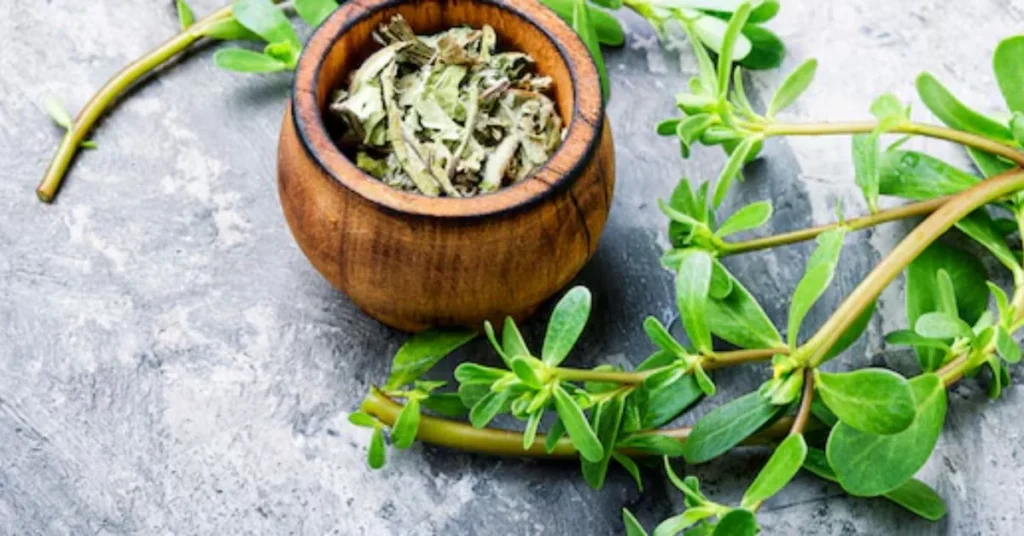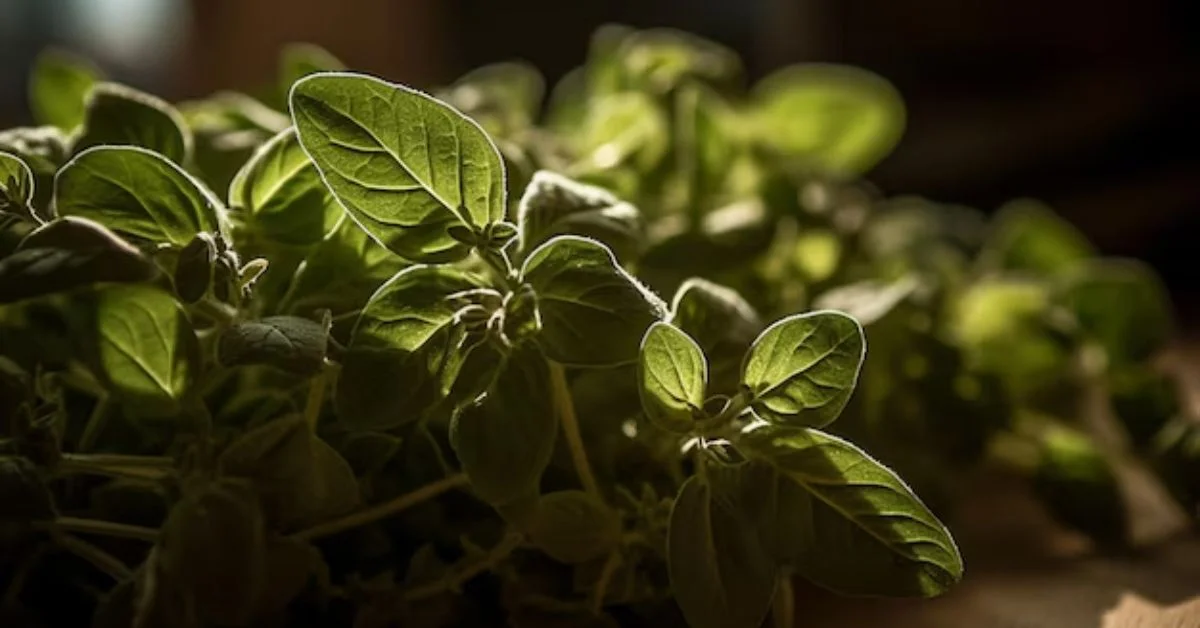Cuban oregano, scientifically known as Plectranthus amboinicus or Coleus amboinicus, is a versatile semi-succulent perennial herb in the Lamiaceae family, famed for its robust flavor and rich medicinal properties. Often recognized as a culinary delight and a medicinal powerhouse, this herb’s aromatic leaves, pungent taste, and therapeutic potential have made it indispensable in kitchens and traditional medicine systems across the globe.
This in-depth article explores Cuban oregano’s botanical characteristics, culinary uses, health benefits, medicinal applications, and cultural significance. Additionally, it offers practical tips for cultivation and answers to common questions about this incredible herb.
Cuban Oregano: An Overview
Botanical Profile
Cuban oregano is an unusual member of the mint family, known for its thick, velvety leaves, pungent aroma, and oregano-like flavor. It is a semi-succulent plant that thrives in warm climates and is well-suited to indoor and outdoor cultivation.
- Scientific Name: Plectranthus amboinicus (Coleus amboinicus)
- Common Names: Mexican mint, Spanish thyme, Indian borage, Caribbean oregano, Broadleaf thyme
- Family: Lamiaceae
- Plant Characteristics: Rounded, thick, and velvety leaves growing in pairs; green serrated edges; variegated varieties available.
Flavor and Aroma
Cuban oregano boasts a strong musky aroma with a flavor profile similar to Mediterranean oregano, complemented by subtle thyme-like notes. This pungent and slightly spicy flavor makes it an excellent choice for seasoning robust dishes.
Origin and Global Distribution
Tracing the Roots of Cuban Oregano
Despite its name, Cuban oregano did not originate in Cuba. Historical evidence suggests its origin lies in India or coastal regions surrounding the Indian Ocean. Its Latin species name, amboinicus, is believed to refer to Ambon, a fertile island in Indonesia.
Spread Across Continents
Spanish explorers and traders introduced Cuban oregano to Africa, the West Indies, and Latin America. Over time, it adapted to diverse climates and became an integral part of the culinary and medicinal traditions in regions such as:
- Cuba and the Caribbean: Essential in jerk seasoning, stews, and salsas.
- India: Widely used in Ayurvedic practices and regional cooking.
- The Philippines: Adds flavor to soups and curries.
Nutritional Profile of Cuban Oregano
Cuban oregano is a nutrient-dense herb packed with essential vitamins, fatty acids, and bioactive compounds that contribute to its health benefits.
Key Nutrients in Cuban Oregano
- Vitamin C: Boosts immunity and protects cells from oxidative stress.
- Vitamin A: Supports eye health, skin integrity, and immune function.
- Omega-6 Fatty Acids: Essential for brain function and maintaining healthy cells.
- Phytonutrients: Anti-inflammatory and antioxidant compounds contribute to its therapeutic properties.
These nutritional components make Cuban oregano a superfood for those seeking natural remedies and dietary enhancements.

Cuban Oregano Uses in Culinary Traditions
Cuban Oregano in Cooking
The bold flavor of oregano lends itself to a variety of dishes. It is a staple ingredient in traditional recipes from Cuba, the Caribbean, and Southeast Asia.
Popular Culinary Applications
- Meat Seasoning: Enhances the flavor of grilled, roasted, and stewed meats.
- Soups and Stews: Adds depth to hearty dishes like chicken soup and vegetable stews.
- Jerk Seasoning: A vital component of Caribbean jerk marinades and rubs.
- Salsas and Sauces: Infuses robust flavor into dips, chutneys, and marinades.
- Bean Dishes: Frequently used in the West Indies to elevate the taste of bean-based recipes.
Fresh vs. Dried Leaves
- Fresh Cuban Oregano Leaves: Used in soups, stews, and as a garnish. Their aromatic potency enhances the flavor of cooked dishes.
- Dried Cuban Oregano Leaves: Suitable for spice blends and rubs. Dried leaves retain their strong flavor and aroma, making them ideal for seasoning meats.
Cuban Oregano Benefits for Health
Medicinal Properties of Cuban Oregano
For centuries, Cuban oregano has been used in traditional medicine to treat a variety of ailments. Its bioactive compounds and nutrient-rich composition provide numerous therapeutic benefits.
Cuban Oregano Medicinal Uses
- Respiratory Health:
- Acts as an expectorant to relieve coughs and clear mucus.
- Soothes throat infections and bronchial congestion.
- Anti-inflammatory Effects:
- Reduces joint pain and swelling in conditions like arthritis and rheumatism.
- Eases skin irritations and insect bites.
- Digestive Aid:
- Relieves bloating, flatulence, and indigestion.
- Acts as a mild laxative for constipation relief.
- Fever Reduction:
- Induces sweating, which helps lower body temperature during fevers.
- Diuretic Properties:
- Promotes the elimination of excess fluids, supporting kidney health.
- Lactation Support:
- Traditionally used to stimulate milk production in nursing mothers.
General Health Benefits
- Boosts Immunity: High vitamin C levels enhance the body’s natural defenses.
- Supports Skin Health: Vitamin A promotes wound healing and skin repair.
- Antioxidant Protection: Neutralizes free radicals, reducing the risk of chronic diseases.
How to Use Oregano
Home Remedies with Cuban Oregano
- Cough and Cold Remedy:
- Steep a few fresh leaves in hot water to create a soothing herbal tea. Add honey for added benefits.
- Skin Soother:
- Crush fresh leaves and apply directly to minor skin irritations, insect bites, or rashes.
- Digestive Tonic:
- Brew a tea with oregano leaves to alleviate indigestion and bloating.
Substitute for Mediterranean Oregano
It can replace Mediterranean oregano in recipes, particularly for dishes requiring bold flavors. Its strong aroma allows smaller quantities to be used effectively.
Cuban Oregano Cultivation
Growing Cuban Oregano at Home
Oregano is a hardy and low-maintenance plant, making it an excellent choice for home gardeners.
Growing Conditions
- Climate: Thrives in USDA zones 10 and 11.
- Soil: Prefers well-draining soil with moderate fertility.
- Light: Requires full sun to partial shade.
Propagation
Propagation is easily done through stem cuttings. Place cuttings in soil or water until roots develop, then transfer to pots or garden beds.
Cultural Significance
Traditional Medicine Practices
In Ayurvedic medicine, Cuban oregano has been used for centuries to treat respiratory ailments, inflammation, and digestive issues. Its therapeutic properties are also recognized in Indonesian and Caribbean folk medicine.
in Global Cuisines
The herb is a cherished ingredient in regional dishes across Cuba, India, the Philippines, and the West Indies. Its robust flavor complements spicy, savory, and hearty recipes, making it a culinary favorite.
FAQs
1. What are the key Cuban oregano uses?
This is used in cooking as a flavorful herb for meats, soups, and stews. It is also valued in traditional medicine for treating respiratory issues, inflammation, and digestive ailments.
2. How to use Cuban oregano in cooking?
It can be used fresh or dried. Fresh leaves add flavor to soups and stews, while dried leaves are excellent for seasoning meats and spice blends.
3. What are the benefits of Cuban oregano?
It boosts immunity, reduces inflammation, supports digestive health, and promotes skin repair. It also has diuretic and antioxidant properties.
4. What are the medicinal uses of oregano?
This treats coughs, colds, fevers, joint pain, and indigestion. It is also used as a lactation aid and to soothe skin irritations.
5. Can Cuban oregano grow indoors?
Yes, it is suitable for indoor growth in pots. Ensure it receives adequate sunlight and water sparingly to prevent root rot.
6. Is Cuban oregano the same as Mediterranean oregano?
No, it is a distinct species. However, it shares a similar flavor profile and can be used as a substitute in recipes.
Conclusion
Cuban oregano is a herb of exceptional versatility, blending bold flavors with powerful medicinal properties. Its rich history, nutritional benefits, and adaptability make it an essential addition to any kitchen or garden. Whether enhancing a stew, soothing a cough, or beautifying a windowsill, oregano delivers unmatched utility and charm.
Explore this remarkable herb and uncover the countless ways it can enrich your culinary creations and health.









